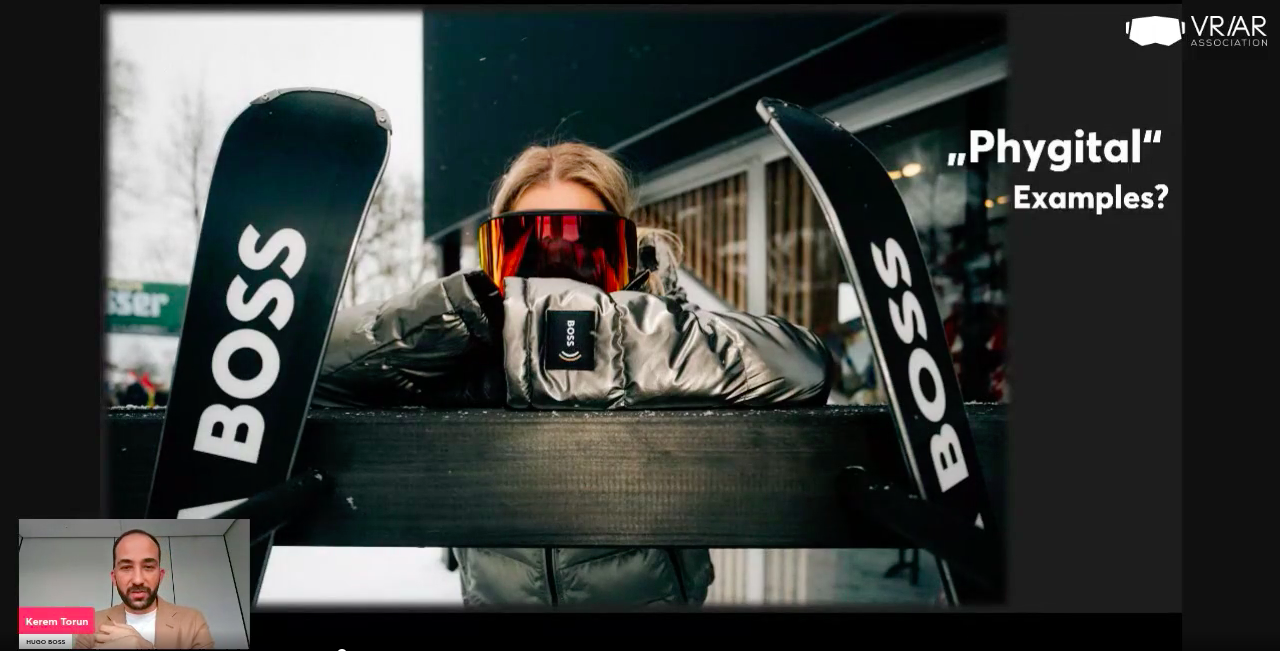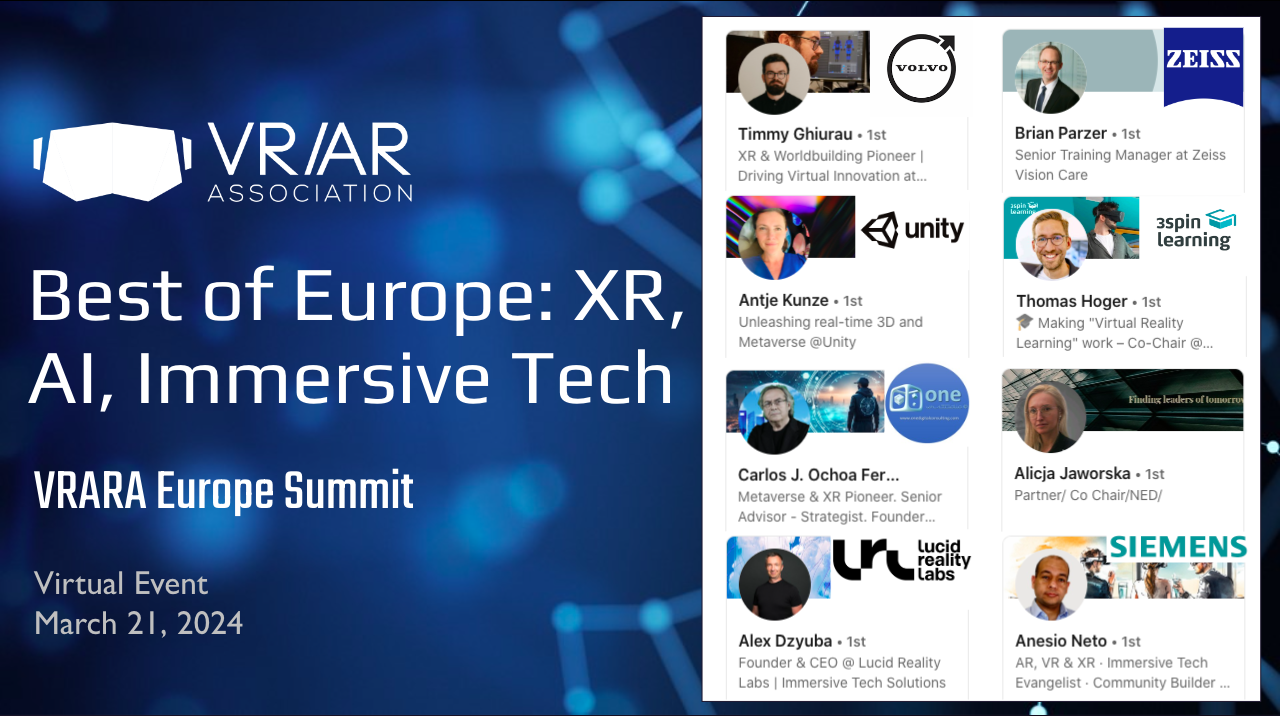Peter Oykhman hosted our Healthcare online session and gave a presentation on a very important topic, "HACVAT and 508 VPAT challenges for the XR industry". Our conversation is shedding light on this difficult question.
The meeting discussed the 508 compliance issue and VPAT 508 compliance, emphasizing the challenges faced by software vendors in meeting the requirements set by the US government. Concerns were raised about the impact of non-compliance on vendors working with government entities and the need for a consistent message among software vendors. The conversation also touched on compliance measures related to mobile devices, highlighting the challenges in meeting standards and the importance of data protection and security, especially in sectors like healthcare. A decision was made to focus on making applications compliant with hearing impaired users, while acknowledging the challenges in achieving full compliance for visually impaired users. Additionally, there was a discussion on the need for regulation changes to address technology accessibility issues for visually impaired individuals, with plans to collaborate with associations and vendors to find solutions. Next steps include sending a letter to bring together stakeholders and offering to include interested individuals in a collaboration group to work towards resolving technology accessibility challenges.
Topics & Highlights:
508 Compliance Issue and VPAT 508 Compliance
concerns about the 508 compliance issue and VPAT 508 compliance, emphasizing the challenges faced by software vendors in meeting the requirements set by the US government. He discussed the implications for various organizations, including government entities, educational institutions, hospitals, nonprofits, and the military, and highlighted the need for clarity and compliance with the regulations.
508 Compliance and Government Regulations
concerns about the challenges of 508 compliance, the impact of non-compliance on vendors working with government entities, and the need for a consistent message among software vendors.
Discussion on Compliance Measures and Accessibility
Participants expressed concerns about the challenges in meeting compliance measures at 100% and the importance of data protection and security, especially in sectors like healthcare. They discussed the difficulties faced by manufacturers in achieving full compliance and the role of IT departments in assessing the impact of compliance criteria on their organizations.
A decision was made to focus on making applications compliant with hearing impaired users by implementing features like closed captioning, speech-to-text, and text-to-speech. However, it was acknowledged that achieving full compliance, especially for visually impaired users, presents challenges that may not be fully addressed.













